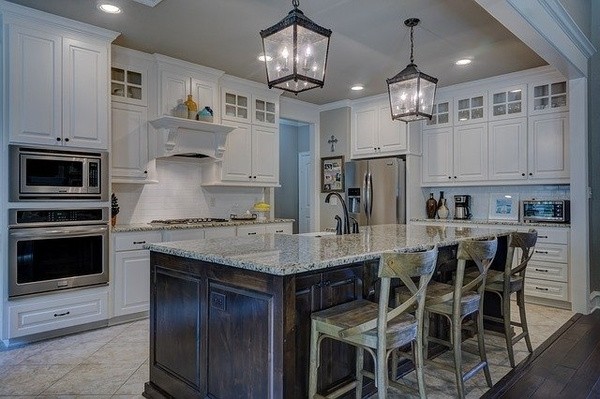
In today's digital-first real estate market, virtual staging has become an invaluable tool for showcasing properties. It allows real estate agents to host potential buyers without the need for physical furniture or decor, bringing down the costs of staging a home.
If you're an agent looking for ways to attract buyers and maximize your profit, this guide explores the concept of virtual staging and its benefits, and provides tips for using it effectively.
What Is Virtual Staging?
Virtual staging is the process of digitally furnishing and decorating empty rooms or spaces in a property using a specialized software. It allows real estate professionals to present a property's potential without the need for physical furniture or decor. This technique can transform bare, uninspiring spaces into inviting, fully furnished rooms that help potential buyers envision themselves living in the property.
Virtual Staging vs. Traditional Staging
While both methods aim to enhance a property's appeal, they differ in several key aspects:
Cost: Virtual staging is generally more cost effective than traditional staging, which involves renting and moving physical furniture.
Flexibility: Virtual staging allows for easy changes in style or furniture arrangement, whereas traditional staging is fixed once set up.
Time: Virtual staging can be completed quickly, often within 24-48 hours, while traditional staging may take days to arrange.
Versatility: Virtual staging can be applied to vacant properties or used to reimagine currently occupied spaces, offering more versatility than traditional staging.
Limitations: Virtual staging is limited to digital representations, while traditional staging allows buyers to physically experience the space.
When To Use Virtual Staging?
Virtual staging is particularly useful in the following scenarios:
Vacant properties: It helps buyers visualize the potential of empty spaces.
Properties with outdated furnishings: Virtual staging can modernize the look without physical renovations.
Properties in need of repair: It can show the potential of a space after renovations.
Multi-purpose rooms: Virtual staging can showcase different uses for flexible spaces.
Online listings: It enhances the visual appeal of properties in digital marketplaces.
Virtual Staging Tips
Keep It Neutral
When virtually staging a property, opt for neutral color schemes and universally appealing styles. This approach helps attract a wider range of potential buyers by allowing them to envision their own style in the space.
Declutter and Depersonalize
Before applying virtual staging, ensure that the original photos of the property are free from clutter and personal items. Remove any distracting elements like family photos, personal collections or excessive decorations. This creates a clean canvas for virtual staging and allows potential buyers to focus on the property itself rather than the current occupants' belongings.
Highlight Key Features
Use virtual staging to draw attention to the property's best features. For example, if a room has a beautiful fireplace, arrange virtual furniture to make it the focal point. If there's a stunning view, position seating to showcase it. Virtual staging should enhance the property's existing strengths, not overshadow them.
Consider the Flow
When virtually placing furniture and decor, pay attention to the natural flow of the space. Ensure that the virtual staging doesn't make rooms appear cramped or difficult to navigate. Leave clear pathways and arrange furniture in a way that makes sense for the room's layout and purpose. This helps potential buyers understand how they might use the space effectively.
Choose a Great Tool
Invest in a high-quality virtual staging software or partner with a reputable virtual staging service. The quality of the virtual staging can significantly impact buyers' perceptions of the property. Look for tools or services that offer realistic furniture and decor options, accurate scaling, and the ability to create multiple design options for each space.
Tailor to Your Target Market
Consider the likely buyers for the property and tailor your virtual staging accordingly. For example, if the property is likely to attract young families, you might include a home office setup or a child's playroom in your virtual staging.
© 2025 Realty Today All rights reserved. Do not reproduce without permission.



